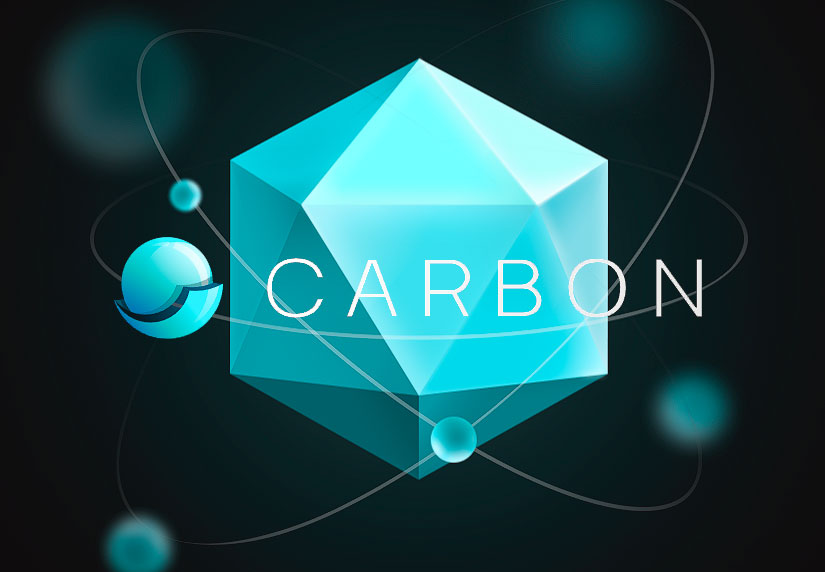Following the recent failures at Voyager, Celsius, and the implosion at FTX, there has been renewed interest in decentralized, on-chain, transparent, and public exchanges (DEXs), to eventually replace centralized exchanges.
Despite all efforts, DEXs are still not able to replace centralized exchanges as the main channel for cryptocurrency trading. But why?
Automated market maker (AMM) has been unprofitable for most users due to what is known as “impermanent Loss.” DeFi yields have fallen to levels below those of U.S. Treasury bonds in many cases, making it difficult for users to participate effectively in DeFi markets.
The slowdown in DEX growth over the past months raises the question: Will cryptocurrency users ever accept DEX to trade their digital assets? Despite public calls for transparent and decentralized exchanges?
Carbon DEX aims at bringing CEX capabilities to DeFi Carbon. A newly announced decentralized exchange could help to combat centralized exchange Monopolies. According to Carbon’s Twitter statement, it brings the benefits CEXs to DEXs via its “asymmetric liquidity”.

Carbon DEX’s asymmetric liquidity
Carbon’s “litepaper” describes asymmetric liquidity. This new type of on-chain liquidity allows for the development of customized trading strategies and active market-making strategies. It is controlled by one or more “bond curves” simultaneously.
A bond curve is the fundamental math that determines how AMM algorithmically conducts on chain transactions. Carbon is a new AMM model that allows traders to provide liquidity to multiple curves and intervals. This is a departure from previous models where a trader could only provide liquidity for one curve and interval. This gives users more control over their trading preferences.
For example, a client might choose a two-curve strategy. The first curve would buy ETH between 1200-1300 USDC and the second curve would sell ETH between 1500-1600 USDC. The ETH accumulated in a first curve is immediately available for sale at USDC when prices reach the range set by second curve.
How carbon differs from traditional DEX models
One of the biggest problems with AMM models today is the risk of impermanent Loss (IL). This is when a liquidity provider is only profitable when the relative price tokens in a pool remain constant. Carbon orders do not result in an impermanent loss. They are not buy-and hold liquidity positions but the assertion of a trading view. Carbon orders can be native-on-chain limit orders or dollar cost averaging interorder orders (“DCAs”)
According to the litepaper, these are the primary characteristics of carbon:
- Independent buy and sell orders can be used to create user strategies that are in one direction. They are irreversible after execution.
- The order criteria are predefined and include specific concentration ranges. They can be modified on the fly without having to close and recreate the order.
- Multi-order methods are composable: When linked orders are completed multi-order techniques automatically move liquidity between them. This reduces the cost of manually creating orders.
- Tokens acquired in one order are eligible for trading in a linked order when markets enter the range.
- Sandwich attachments, which are the most common type of Miner Extractable Valu (“MEV”), can be traded.
Conclusions
Carbon’s solution can transform the DEX industry, giving traders more control over their on-chain trading. You can also issue limit orders and create automated strategies that buy low and sell high. Their trades can also be Dollar Cost Averaging (DCA). These benefits could lead to a significant increase of DEX adoption, as more users look for alternatives to CEX.


